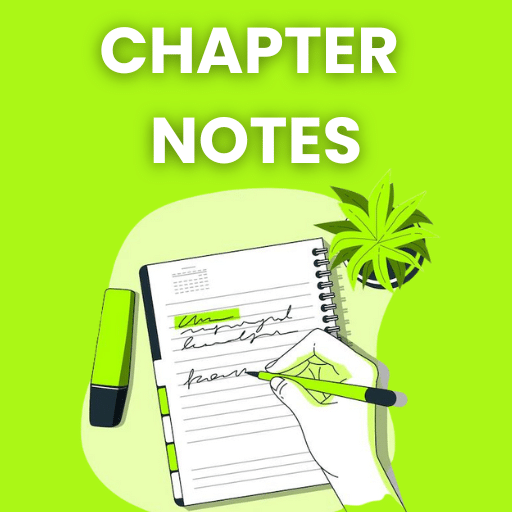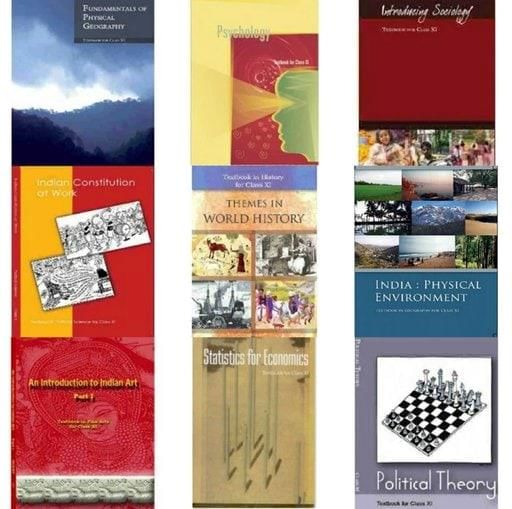Worksheet: Basic Techniques and Rhythm | Piano Tutorials Course: Beginners to Advance - Class 6 PDF Download
| Table of contents |

|
| Multiple Choice Questions (MCQs) |

|
| Fill in the Blanks |

|
| Match the Following |

|
| True or False |

|
Multiple Choice Questions (MCQs)
- What happens when you hold a whole note in a 4/4 time signature?
A) It lasts for 2 beats
B) It lasts for 4 beats
C) It is shorter than a quarter note
D) It lasts for 1 beat What is the correct fingering for C Position in the right hand?
A) Thumb on C, index finger on D, and so on
B) Pinky on C, ring finger on D, and so on
C) Only the left hand is used
D) Random finger placementHow does a quarter note compare to a half note in terms of duration?
A) A quarter note is longer than a half note
B) A quarter note lasts twice as long as a half note
C) A quarter note lasts half as long as a half note
D) A quarter note and a half note have the same duration
Why is rhythm important in piano playing?
A) It helps maintain a steady beat and timing
B) It determines which notes are black keys
C) It helps decide the color of the piano
D) It is not important in piano playing
Fill in the Blanks
The time value of a half note in a 4/4 time signature is __________ beats.
The correct hand position for playing beginner piano exercises is called __________ Position.
Rhythm in music is created using a combination of different __________ values.

Match the Following

 |
Download the notes
Worksheet: Basic Techniques and Rhythm
|
Download as PDF |
True or False
The left hand is responsible for playing melodies in beginner piano exercises.
A whole note is the longest basic note value in standard piano music.
Good rhythm means playing notes at random times.
|
41 videos|12 docs|6 tests
|
FAQs on Worksheet: Basic Techniques and Rhythm - Piano Tutorials Course: Beginners to Advance - Class 6
| 1. What are some basic techniques for rhythm in music? |  |
| 2. How can I improve my rhythm skills? |  |
| 3. What is the importance of rhythm in music? |  |
| 4. What are common time signatures used in music? |  |
| 5. How do I read and understand rhythmic notation? |  |


















